Omnichannel vs Multichannel Marketing: How does it differ?
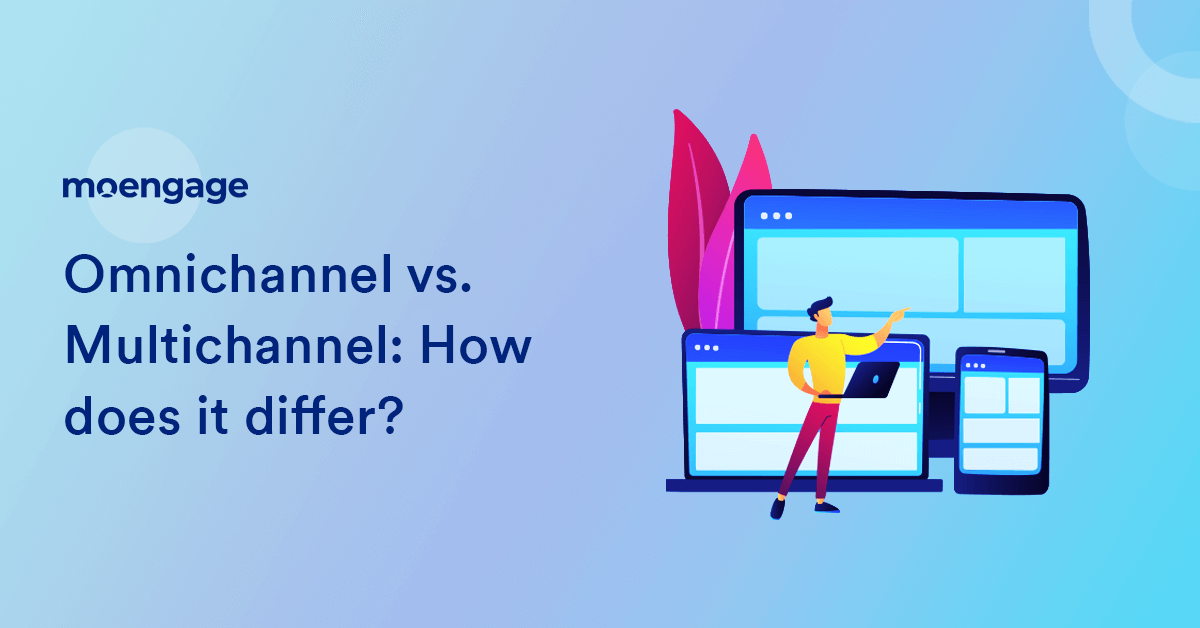
Modern-day businesses know they can no longer rely on a single marketing channel to reach their customers. With each marketing channel presenting a unique set of challenges and opportunities, there existed a pressing requirement to combine all multi channel marketing for maximum efficacy. And from this requirement, birthed multichannel and omnichannel marketing strategies.
Even though omnichannel and multichannel marketing may appear the same at first glance, they are not.
Surprised?
If so, then this post is suited for you. Here, we will compare omnichannel vs. multichannel and highlight their respective advantages, limitations, and applications.
Omnichannel vs. Multichannel: Basic Definition
As stated previously, omnichannel and multichannel may seem similar – they are methods to reach customers. But they are not the same.
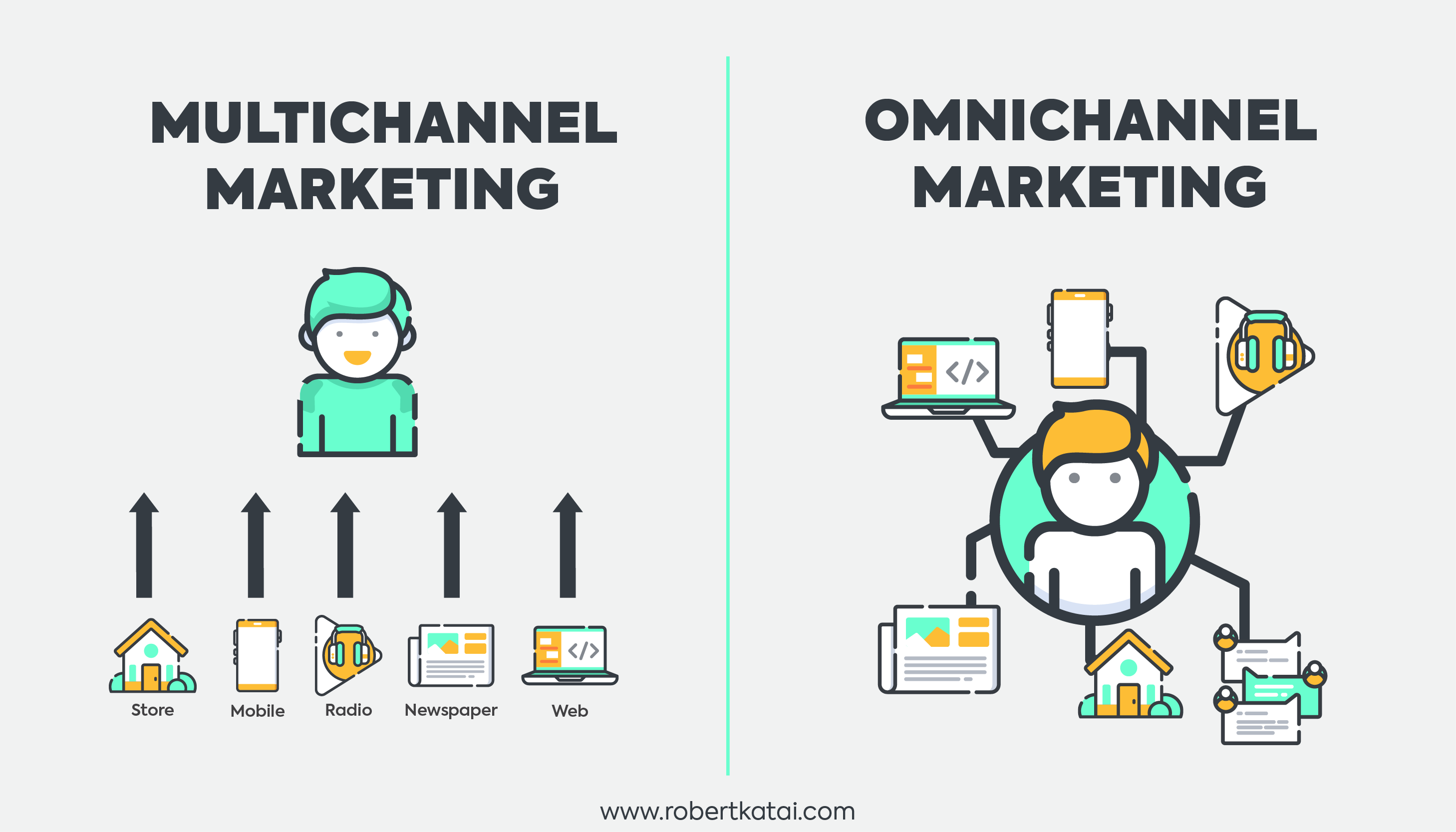
Let’s start with the basics.
The definition of multichannel marketing involves segmenting direct and indirect customer interactions. Traditionally, multichannel media were physical stores and websites. However, the multi channel marketing system later caught on to include email, social media platforms, phone or chat, etc. And despite being a part of the same entity, these channels are all isolated—this lack of integration results in silo formation. Even though one may see it as an impediment, one of the goals of multichannel marketing is to ensure the separation between the online and offline segments to maintain simplicity and make the structure easy to manage.
On the other hand, omnichannel is a strategy that converges all business communications over a single platform across various marketing channels. It also attempts to consolidate operations-related information and customer experiences over the centralized location to maintain uniformity. As a result, every communication channel has access to what the other is doing. Thus, customers can anticipate seamless and continued interactions at every touchpoint. The consistency derived from a holistic and inter-connected communications framework also opens up room for service personalization.
The Key Differences Between Omnichannel and Multichannel Marketing
Following are a few factors that differentiate omnichannel vs. multichannel marketing:
1. Message and Communication Channels
When we compare the omnichannel vs. multichannel, the multichannel approach focuses on maximizing reach by tapping into all communication channels. As such, the same message is passed through two or more channels, with email and social media being the most popular picks. That being said, multichannel marketing taps into only limited communication media (sometimes restricted to just two!), and they operate in a vacuum.
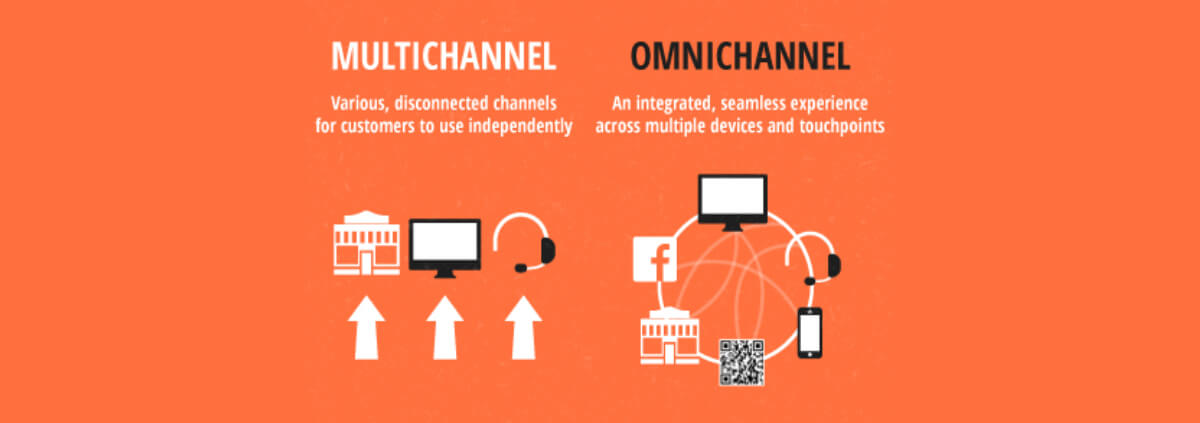
In contrast, omnichannel marketing adopts a multidisciplinary approach by connecting all the communication channels and then with the customers. Plus, it attempts to incorporate as many communication channels as possible. An omnichannel strategy would employ anything from calls to push notifications, with each element complementing the entire ecosystem. This is how multi channel marketing strategy is extremely different from omni channel.
2. Strategy Focus
With multi-channel marketing, the goal is to send the message across. And to achieve this goal, the same message travels through multiple channels. This action puts the business at the center of the strategy.
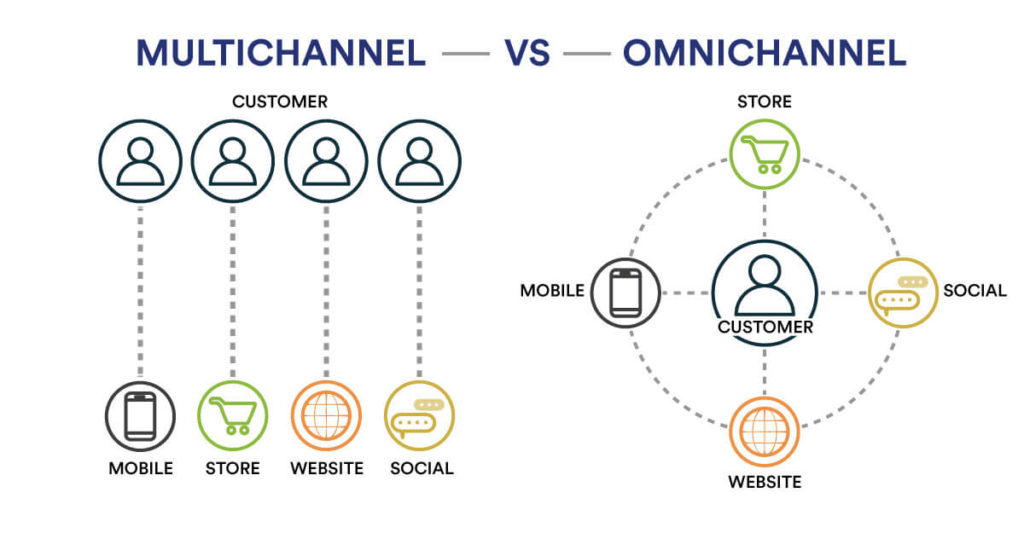
On the other hand, omnichannel marketing primarily focuses on the customer and the customer experience. Here, all the communication channels operate in tandem to engage with the audience and to offer them a memorable customer experience. Interestingly, businesses that use omnichannel marketing may even forego sending the message through certain channels simply to maintain cordial customer relationships!
3. Personalization
 When we talk about the difference between omnichannel and multichannel, can personalization stay behind?
When we talk about the difference between omnichannel and multichannel, can personalization stay behind?
Since omnichannel marketing is integrated and focuses on customer welfare, all communication channels work towards collecting data and using it to understand their customers better. As a result, your business gains insights into its requirements and expectations through inputs on its pain points, preferences, lifestyle, demographics, etc. This data can be granular to the point that you can identify factors like why specific individuals abandon your cart or app! Equipped with this data, you can hyper-personalize everything, from your products and services to your multi channel communication and marketing strategy, to cater to your client’s taste.
While the omnichannel setting is quite complex, multichannel marketing mainly relies on call-to-action (CTA) links and buttons to encourage customers to take action. However, such messages are often generic, with limited or almost no personalization.
4. Engagement
Customer engagement is a powerful metric that defines the efficacy of any marketing strategy.
Omnichannel marketing observes a marginally higher engagement and conversion rate owing to several factors ranging from elevated customer journey to personalization. It is a logically discernible fact that offering value to your customers at every touchpoint will make them more willing to interact with your brand.
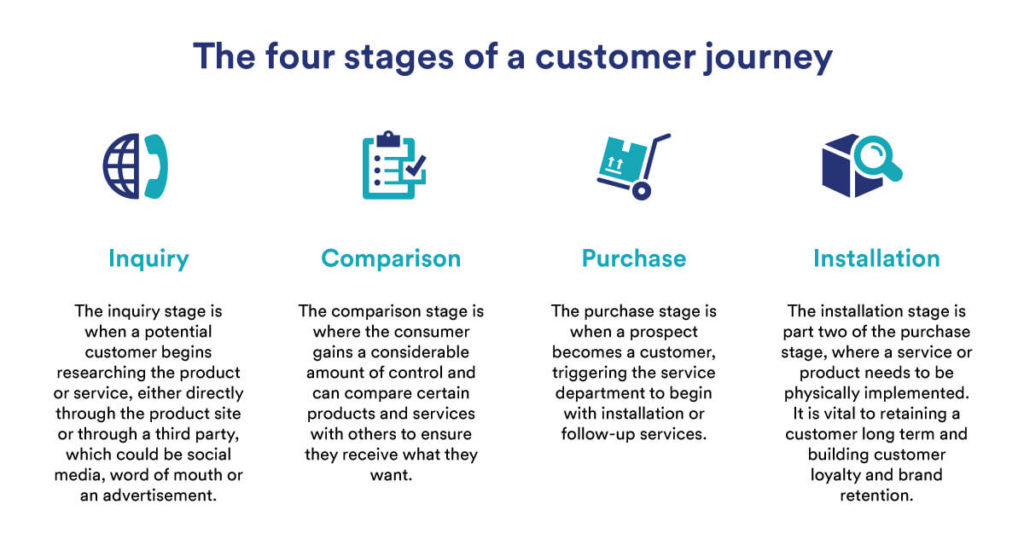
In multi channel customer engagement, it is more of a hit-or-miss in this sector. You can see high engagement rates if you nail the timing or the marketing content. However, the disconnect between the different channels can also pose an obstacle. For instance, a customer may get annoyed at receiving similar messages over text and email!
5. Level of Effort
If you are looking for an easier way to reach out to your customers and engage them, then multichannel marketing would be more suitable to meet this requirement. You would primarily have to identify a few effective marketing channels, get a hold of their best practices, and execute the plan. With this relatively low-effort strategy, you even have room to slack off or overlook minor considerations.
But when a business commits to adopting the omnichannel route, they have to stick to it until the final execution! Half-baked efforts will only result in system failure and wastage of time, money, and resources. Not to mention that integrating all marketing channels can be a mammoth task, which will proportionately increase with business complexities. Additionally, omnichannel will require the active participation of business leaders and the C-suite to foster a shared vision and ingrain it throughout the organization. They bear the primary responsibility of initiating change and sustaining it through constant encouragement.
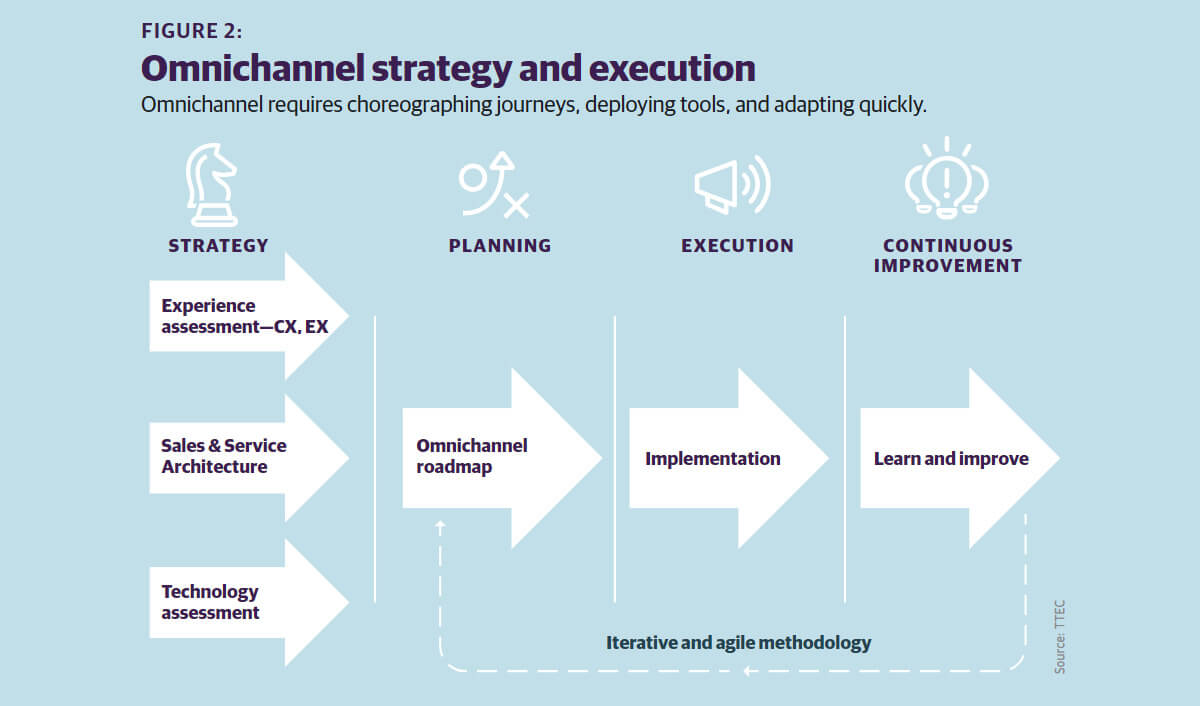
Choosing Between Omnichannel vs. Multichannel
The choice between omnichannel vs. multichannel primarily depends on whether you have started off as an online or offline brand.
By its very nature, a digitally native store is more adaptable and can embrace an omnichannel ecosystem easily. It already exists in a digital environment; hence it does not require any investment in the IT framework. At most, it will call for the integration of technologies.
In contrast, physical retail stores would have to start from scratch. And considering that they transition heavily during digitalization, it will require a significant amount of resources and investments. As a result, they may have a preference for the multichannel option.
That said, migrating to an omnichannel model attracts a significantly greater ROI. Take OYO, for example. Once MoEngage successfully implemented a seamless omnichannel user engagement platform for OYO, the business saw an eight-times increase in engagement campaigns and a five times improvement in the CTR. As such, physical retail businesses should not shun the idea of taking the path less traveled as it may be well worth the effort.
Using this rule of thumb, you can now choose between omnichannel vs. multichannel depending on your business status and final goal.
Final Thoughts
Given that omnichannel marketing offers a seamless customer experience, business leaders would be more inclined to make it a part of their marketing strategy. However, they need to be prepared to face the challenges that come with it. The corresponding cost and complexity are the primary roadblocks in the omnichannel path. At the same time, becoming future-ready through omnichannel marketing automation is too attractive of an opportunity to pass up.
And while multichannel marketing may seem like an attractive alternate solution, it may be short-term as customer expectations and behaviors are reshaping how businesses operate. It is only a matter of time before businesses are pushed to adopt omnichannel marketing.
With this, we conclude the key differences between omnichannel vs. multichannel marketing. You can now carry out a weighted comparison and settle on what works for your business.
Here’s What You Can Read Next |






